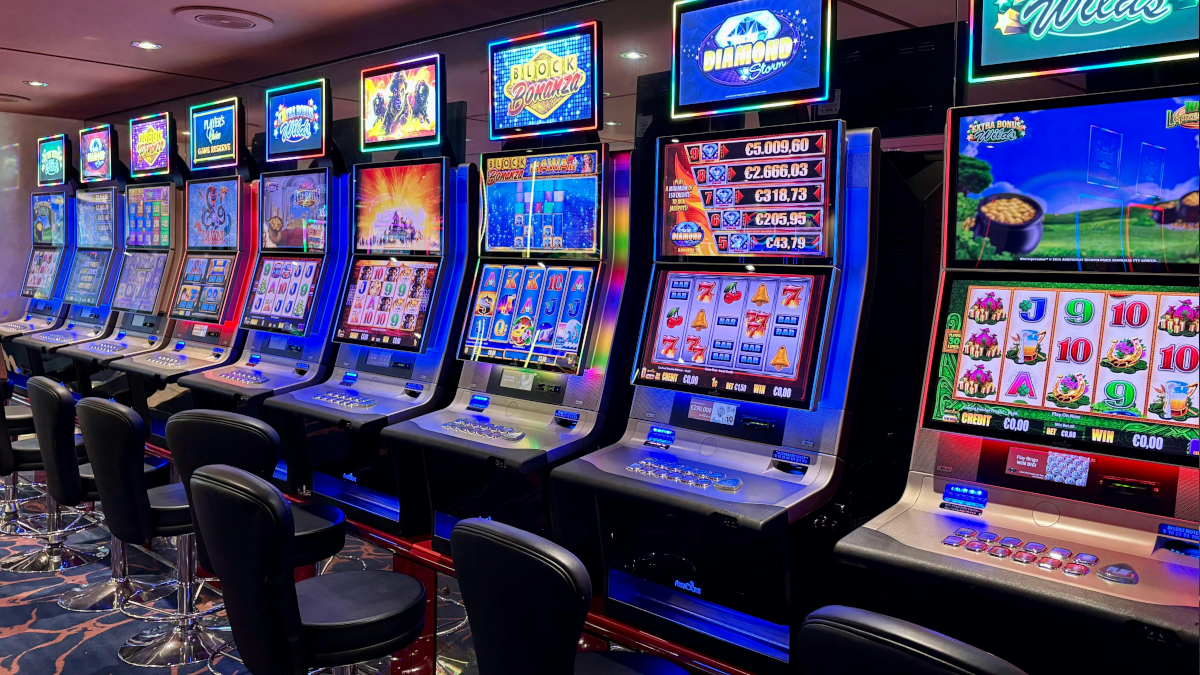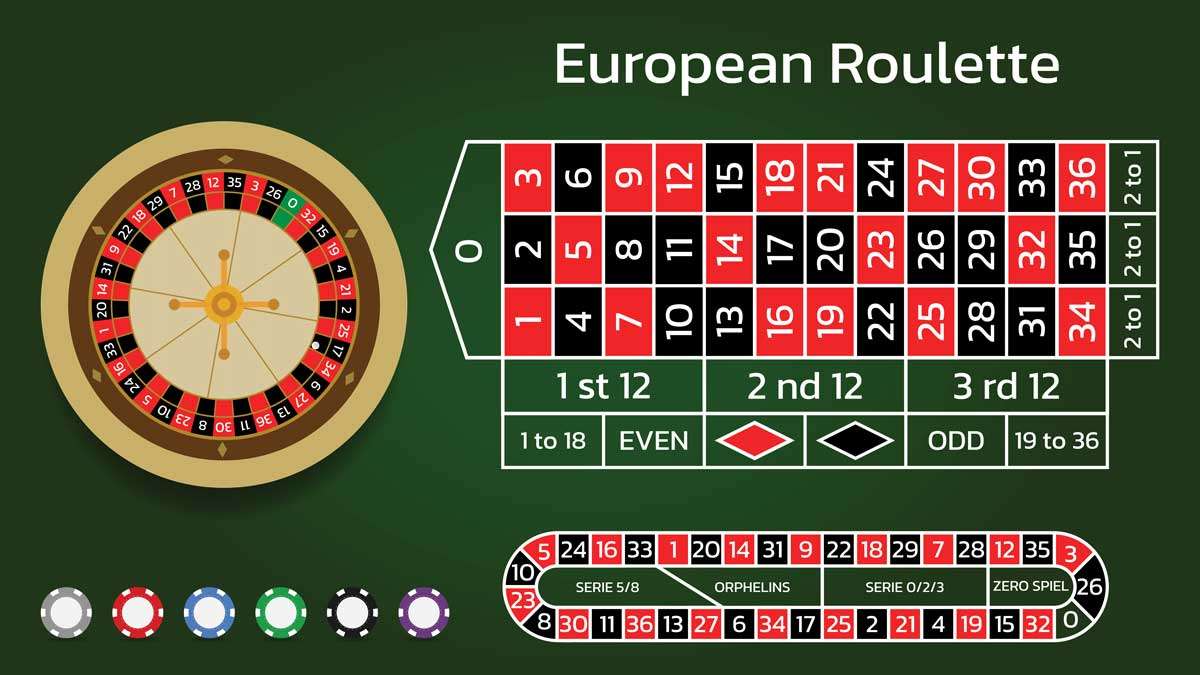Casino poker games offer a fascinating blend of skill and chance, with mathematical foundations that differ significantly from traditional peer-to-peer poker. Unlike standard poker where players compete against each other, casino poker variants pit players directly against the house, creating unique mathematical dynamics and house edge calculations.
What Makes Casino Poker Different from Traditional Poker?
Traditional poker sees players competing against one another, with the casino taking a small rake from each pot. Casino poker, however, transforms the dynamic entirely. Here, players face predetermined paytables and fixed house edges, much like other casino games. The mathematics shift from relative hand strength against opponents to absolute probabilities against fixed dealer requirements.
This fundamental change affects everything from optimal strategy to long-term expected returns. Players no longer need to read opponents or manage bankrolls for tournament play, but they do need to understand the mathematical implications of playing against a house with built-in advantages.
How Does Three Card Poker Calculate Its House Edge?
Three Card Poker, invented by Derek Webb in 1994, offers two primary betting options: Ante/Play and Pair Plus. The Ante/Play bet requires players to beat the dealer’s qualifying hand (Queen high or better), whilst Pair Plus pays based solely on the player’s hand strength.
For the Ante/Play bet, the house edge sits at approximately 3.37%. This calculation factors in the dealer’s qualification rate of roughly 68.8% and the optimal player strategy of raising with Queen-6-4 or better. When the dealer doesn’t qualify, players receive even money on their ante bet, with play bets returned.
The Pair Plus side bet carries a higher house edge, typically around 7.28% with standard paytables (1:1 for pairs, 4:1 for flushes, 6:1 for straights). The mathematics here are straightforward probability calculations:
- Pair or better occurs in approximately 25.61% of hands
- The paytable structure ensures the house maintains its mathematical advantage
What Is the Optimal Strategy for Caribbean Stud Poker?
Caribbean Stud Poker presents players with a binary decision after receiving five cards: fold or call. The house edge for the main game hovers around 5.22%, making it less favourable than many casino games.
The optimal strategy is surprisingly complex, but the basic rule centres on the dealer’s qualification requirement (Ace-King high or better). Players should typically call with:
- Any pair or better
- Ace-King combinations with specific kicker requirements
- Certain Ace-Queen hands with precise conditions
The progressive jackpot side bet fundamentally alters the game’s mathematics. Whilst the base side bet carries a massive house edge of approximately 26.46%, the progressive element can occasionally shift odds in the player’s favour when jackpots reach significant levels—typically above £200,000 for standard paytables.
How Do Pai Gow Poker’s Mathematics Work?
Pai Gow Poker’s mathematics are unique amongst casino games due to its high push rate. Approximately 41% of hands result in ties, with players winning about 29% and losing around 30%. This creates an effective house edge of roughly 2.84% when accounting for the 5% commission on winning hands.
The seven-card structure allows for complex hand arrangements. Players must split their cards into a five-card “high” hand and a two-card “low” hand, with the high hand required to outrank the low hand. The mathematics involve:
- 22,100 possible two-card combinations from seven cards
- Optimal house way strategies that maximise winning potential
- Banking option calculations that can actually favour skilled players
When players bank the action (where permitted), the house edge can flip to approximately 0.2% in the player’s favour, though this requires substantial bankrolls and isn’t available in all jurisdictions.
What House Edge Do Different Video Poker Variants Offer?
Video poker straddles the line between poker and slot machines, with mathematical returns that can actually favour skilled players in certain variants. The key lies in optimal strategy execution against fixed paytables.
Jacks or Better, the most common variant, offers return-to-player (RTP) percentages ranging from 95.45% to 99.54%, depending on the paytable. The “full-pay” version (9/6 Jacks or Better) provides a 99.54% RTP with optimal play, resulting in just a 0.46% house edge.
Deuces Wild can offer even better returns, with some paytables providing over 100% RTP with perfect play. The mathematics become significantly more complex due to the wild cards:
- Natural royal flushes occur once every 40,391 hands on average
- With deuces wild, royal flush frequency increases dramatically
- Optimal strategy requires memorising hundreds of decision points
Double Bonus Poker variants increase volatility whilst maintaining competitive RTPs, typically ranging from 97% to 99.11%. The enhanced payouts for four-of-a-kind hands alter optimal strategy significantly, requiring different mathematical approaches.
How Does Let It Ride’s Progressive Structure Affect the Mathematics?
Let It Ride allows players to withdraw two of their three initial bets as community cards are revealed. The base game house edge sits at approximately 3.51%, but the decision-making process creates interesting mathematical scenarios.
Players should “let it ride” with:
- Any paying hand (10s or better)
- Any four cards to a royal flush
- Four cards to a straight flush
- Four cards to a flush with at least one high card
- Specific three-card combinations with strong potential
The side bet mathematics vary considerably. The typical “3 Card Bonus” side bet carries a house edge around 7.5%, whilst progressive jackpots can occasionally shift mathematics in players’ favour when jackpots grow sufficiently large.
The key mathematical insight involves the interaction between the three betting positions. Unlike most casino games where each bet is independent, Let It Ride’s structure means optimal play requires considering the relationship between all three wagers.
What Factors Influence House Edge Variations Across Poker Games?
Several mathematical factors create the wide range of house edges seen across casino poker variants:
Paytable Structure: Games with top-heavy paytables (large payouts for rare hands) typically have higher volatility but can offer competitive house edges. Conversely, flat paytables with frequent small wins usually provide steadier play with moderate house edges.
Player Decision Points: Games offering more strategic decisions generally reward skilled play with lower effective house edges. Video poker exemplifies this, with house edges ranging from negative (player advantage) to over 5% depending on player skill level.
Qualification Requirements: Dealer qualification thresholds significantly impact house edge calculations. Games requiring stronger dealer hands to qualify typically favour players more than those with lower qualification standards.
Side Bet Integration: Progressive jackpots and side bets can dramatically alter a game’s mathematics. Whilst these typically increase the overall house edge, large progressive pools can occasionally create positive expectation situations.
Commission Structures: Games charging commissions on wins (like Pai Gow Poker) versus those building the house edge into paytables affect both the mathematical edge and the psychological impact on players.
The mathematics of casino poker games demonstrate how small rule changes can create significant variations in player expectation. Understanding these mathematical foundations helps players make informed decisions about which games align with their risk tolerance and skill level, whilst appreciating the elegant mathematical structures underlying these popular casino offerings.
Understanding these mathematical principles doesn’t guarantee winning outcomes—variance ensures short-term results will deviate from mathematical expectations. However, it does provide players with the knowledge needed to make mathematically sound decisions and choose games that best match their preferences and bankrolls.


